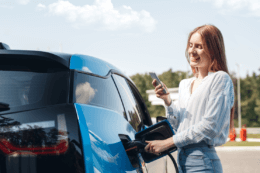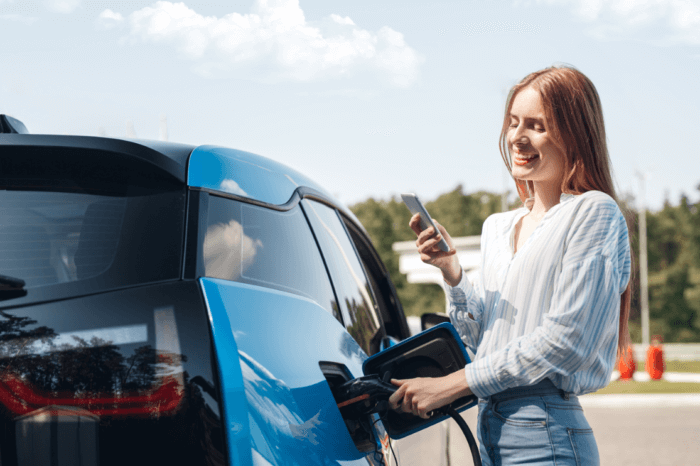
It’s that time again. June 30 is just around the corner.
Despite cost-of-living pressures, it’s clear that Australians’ thirst to buy a new vehicle hasn’t lost much traction.
In fact, according to data from Compare the Market, more than one-in-10 (11.8%) want to buy one this year and the majority (55.6%) are pondering on buying a new car in the next few years.
With tax time approaching and big offers from car brands, it’s a good time to consider buying a new car. Here are a few money-saving tips for getting into new wheels.
1. Shop around.
New car sales have slowed down this year – and manufacturers are offering big incentives to lure consumers in, from price discounts to free servicing and even gift cards.
But be sure to check the fine print. Consider whether that car loan deposit contribution is worth it when the interest rate could be higher than other lenders by financing with the dealer.
It’s also worth factoring those pesky running costs as well, including insurance.
The team at Compare the Market regularly find big price differences between the cheapest and most expensive insurer – an eye-watering $3,100 in the case of the Tesla Model 3 for similar cover!* Just shop around to avoid being stung.
2. Consider the tax incentives.
Consider the tax incentives on offer for eligible Australians, too.
Employees who can access novated leasing and choose an eligible electric vehicle model can benefit from the government’s fringe benefits tax (FBT) exemption while lowering your payable tax, which could mean hundreds in your back pocket compared to salary packaging a conventional combustion engine car.
Some states offer discounted registration and stamp duty for eligible EVs as well.
If you’re a small business or use a vehicle for business purposes, you could be eligible for the Australian Government’s instant asset write-off. The vehicle value must be $20,000 or less (in total or based on the estimated proportion that it is used for business purposes) in order to be eligible.
This scheme will be extended past June 30, but this is the chance to write it off sooner rather than next year.
3. Don’t be driven to pay more.
Don’t forget that the car you buy should suit your budget, needs and preferences, so don’t always be swayed by a tempting offer on a seven-seat large SUV when you rarely use four.
Additionally, dealers may encourage would-be buyers to pay more for extra add-ons such as paint protection and window tinting – but make sure to quote around and not be stung.
Nearly half of Australians (48.1%) told Compare the Market that they are primarily considering a petrol-engine vehicle.
Yet, there are significant fuel cost savings to be had by choosing a hybrid car, and even more by owning a full electric vehicle and charging at home – long-term money-saving wins amid cost-of-living pressures.
Whichever model you choose, it’s a good time to consider buying a new car if you can afford it – but just remember to shop around.
Disclaimers
Compare the Market commissioned PureProfile to survey a nationally representative sample of 1,009 Australians in April 2025.
Always read the Product Disclosure Statement (PDS) and Target Market Determination (TMD) to check for the inclusions, exclusions and restrictions before purchasing.
*Comprehensive car insurance premiums were quoted using Compare the Market’s car insurance comparison tool and other well-known insurance brands, based on a next-day 15 March 2025 commencement date.
The annual comprehensive car insurance policies were based on a targeted $900 excess for a 34-year-old male living in Alderley, Brisbane (4051) with market value coverage. Where an insurer did not offer a $900 excess option, the closest amount within $100 was selected. Where an insurer did not offer the market value option, the default agreed value amount was used.
We assumed the owner drives up to 15,000km per year (for private use and/or commuting to work only) with a clean driving history, parks the vehicle in a garage, does not own a home, does not own another vehicle, and is employed full-time. The vehicle had a white exterior colour, no pre-existing damage, and no options or modifications.
-END-
For more information, please contact:
Henry Man | [email protected] | +61 474 368 908
About comparethemarket.com.au
Compare the Market is a comparison service that takes the hard work out of shopping around. We make it Simples for Australians to quickly and easily compare and buy insurance, energy, and home loans products from a range of providers. Our easy-to-use comparison tool helps you look for a range of products that may suit your needs and benefit your back pocket.







